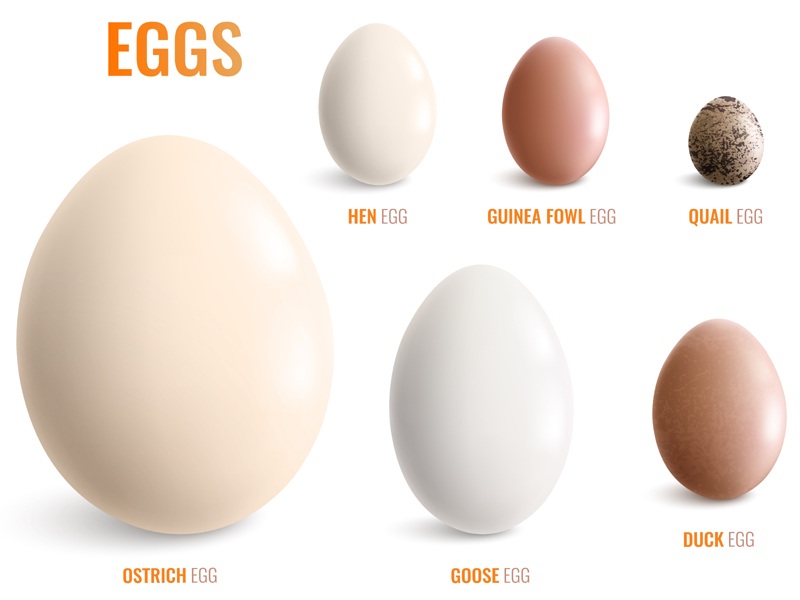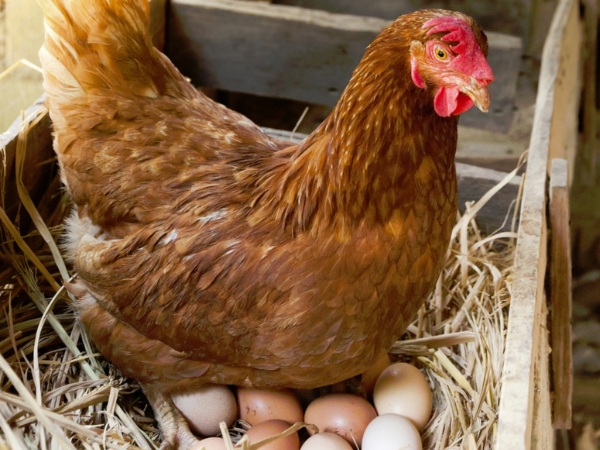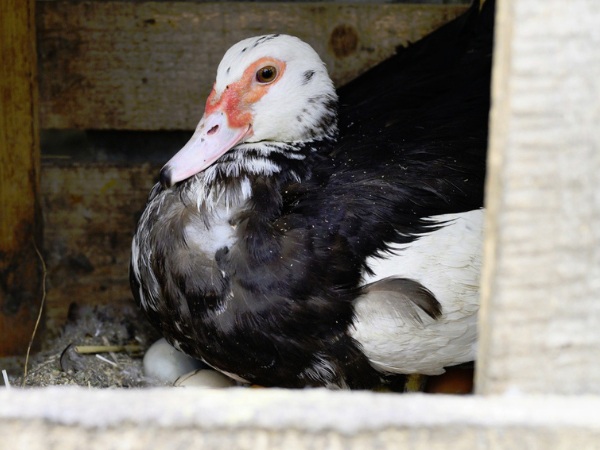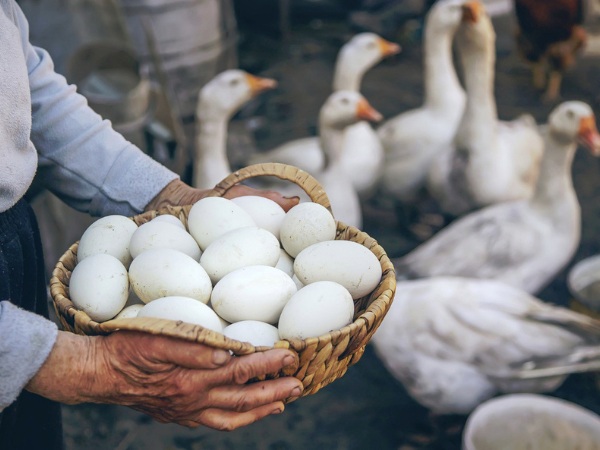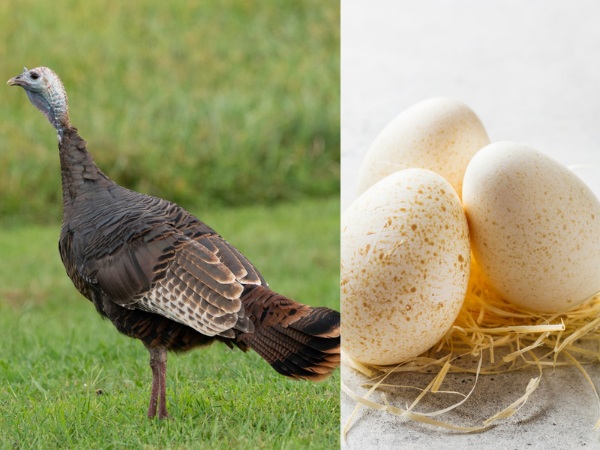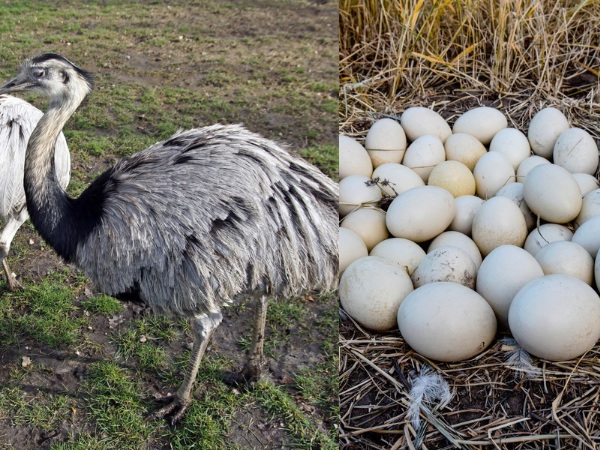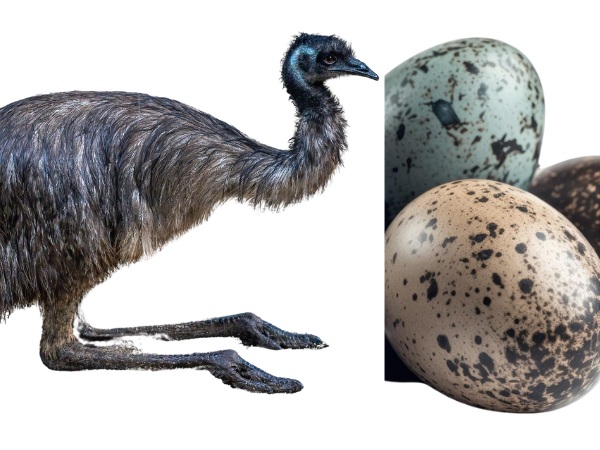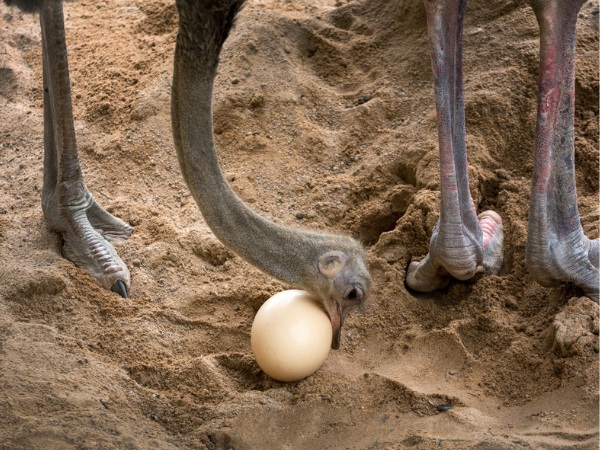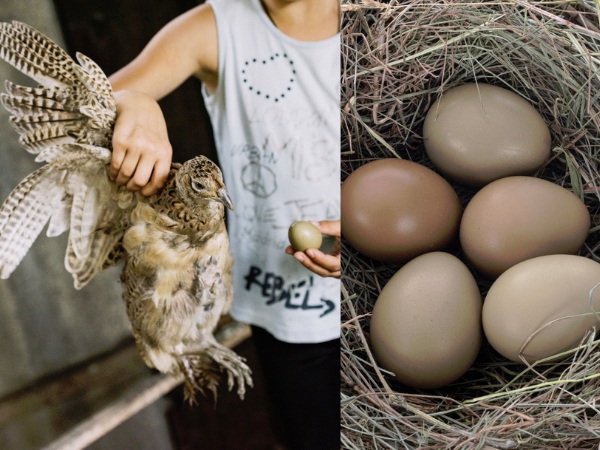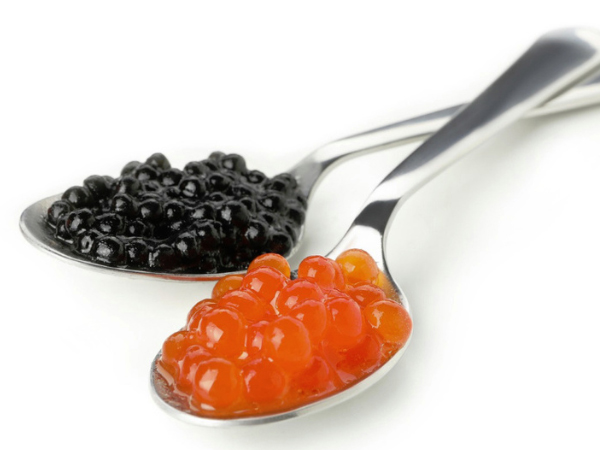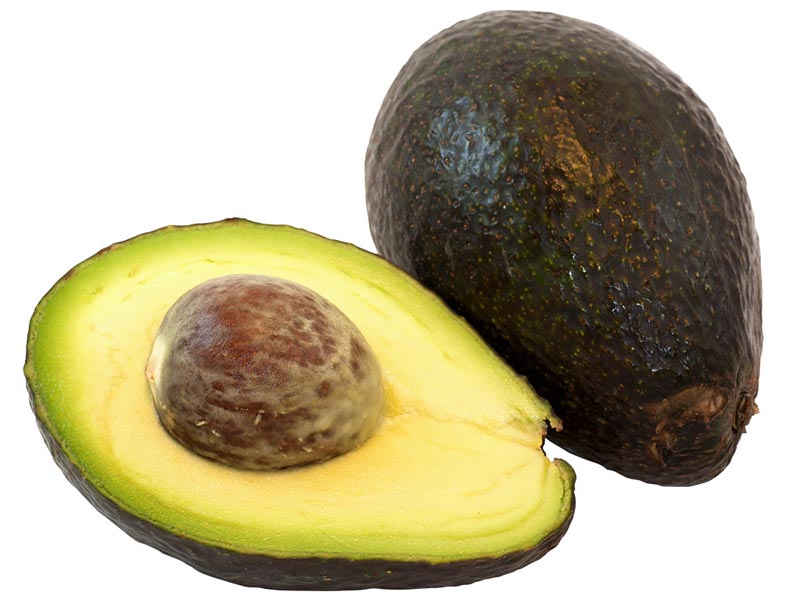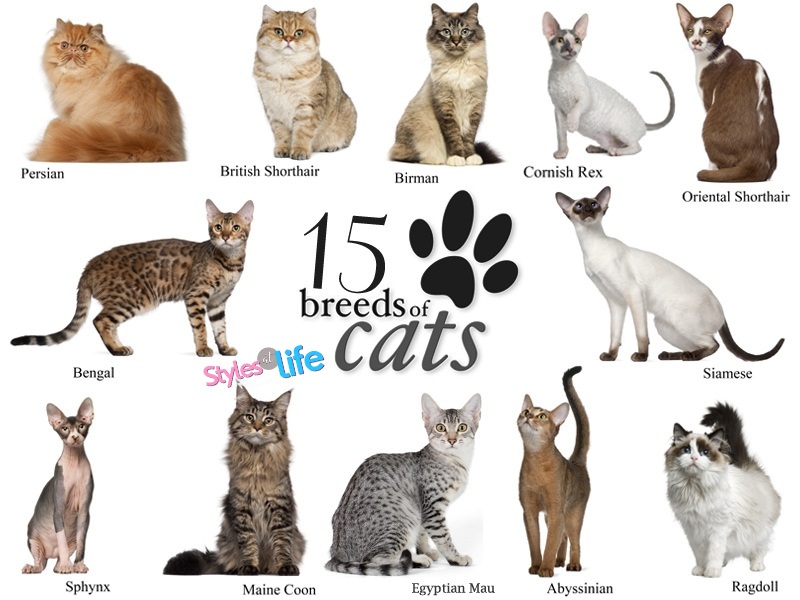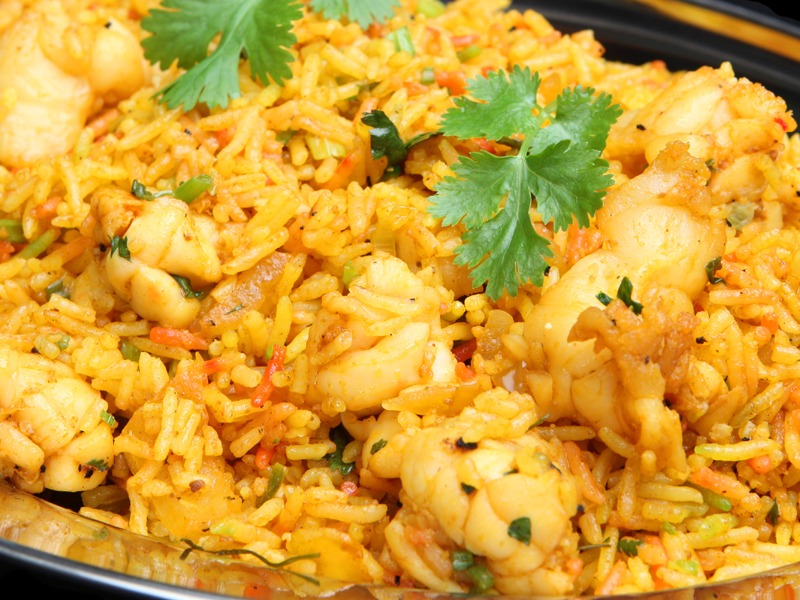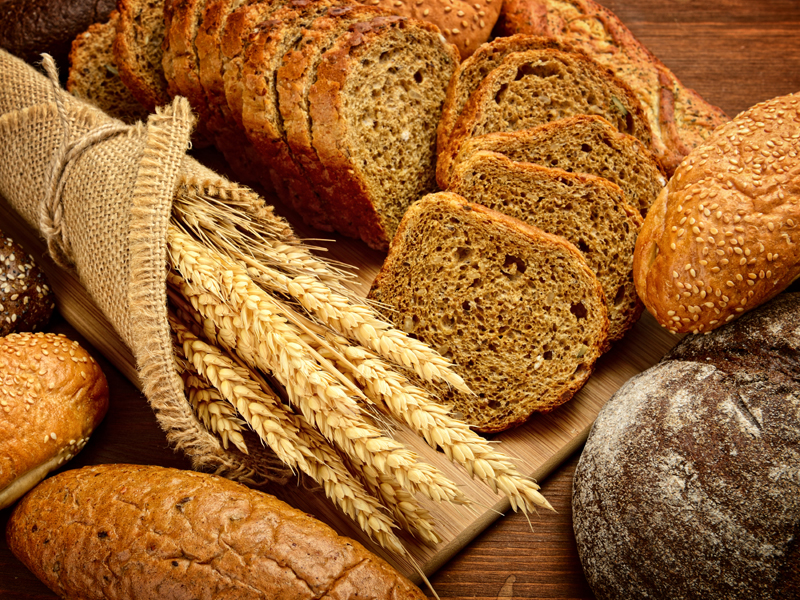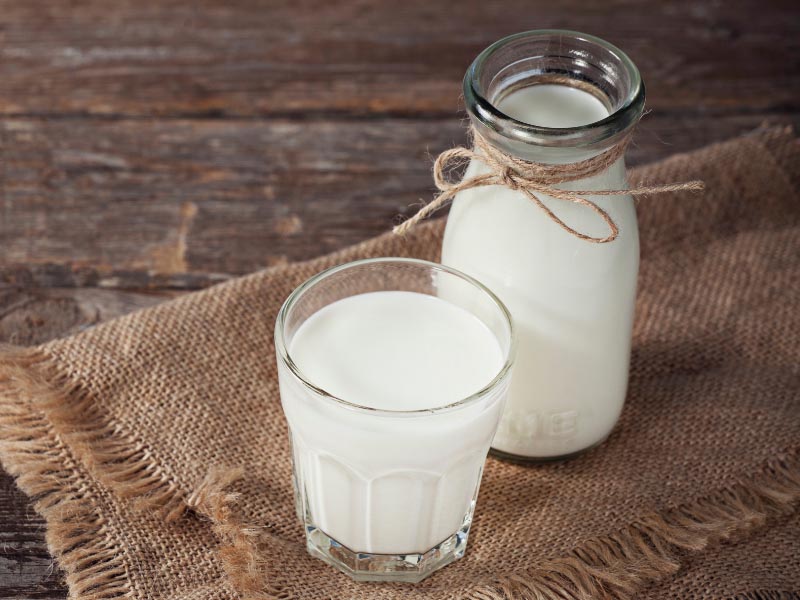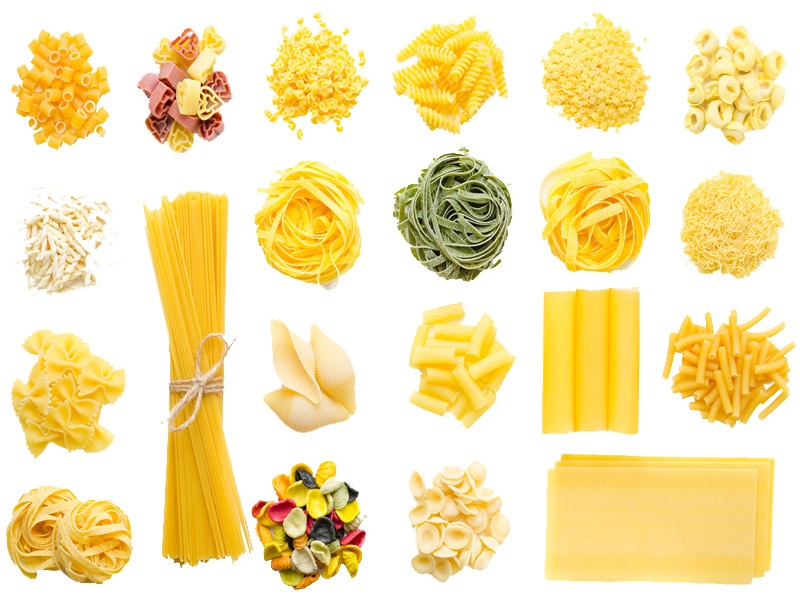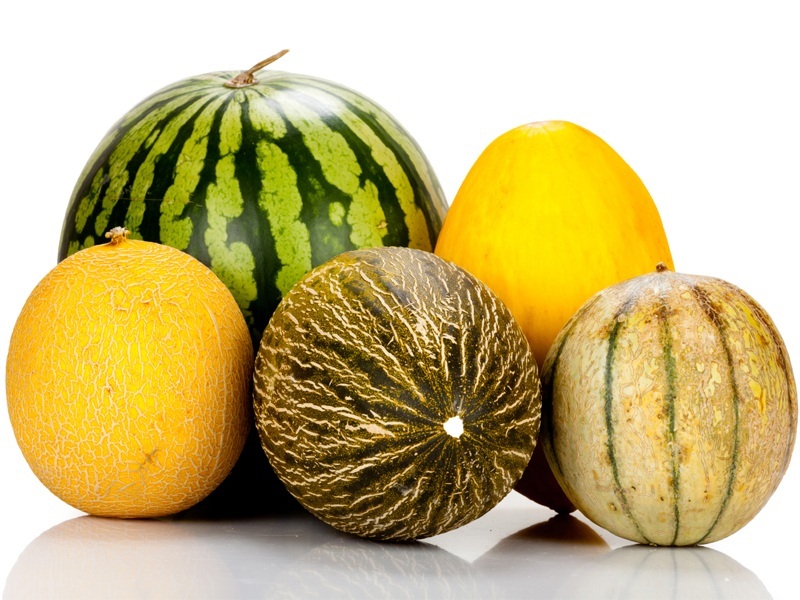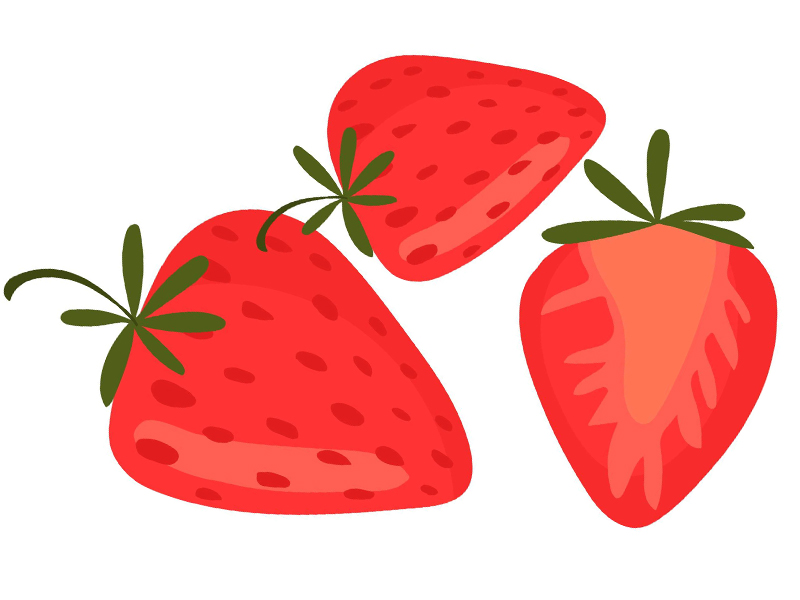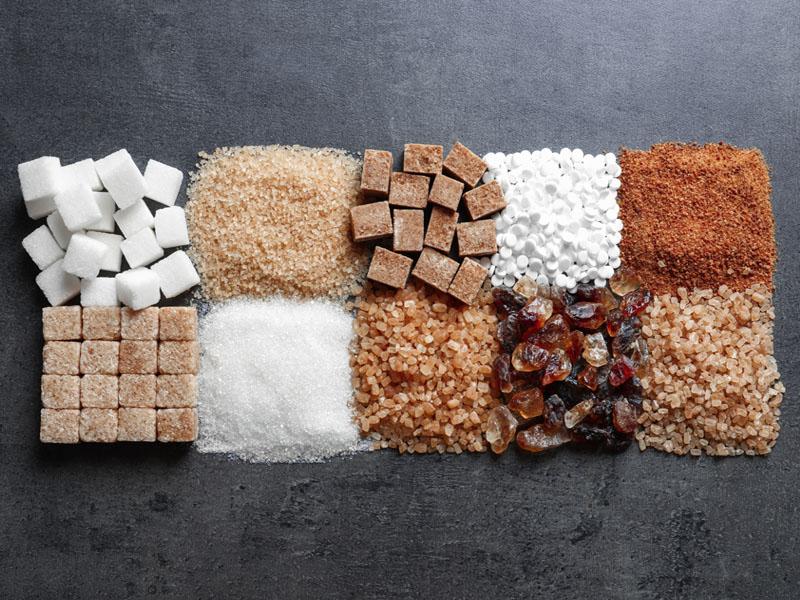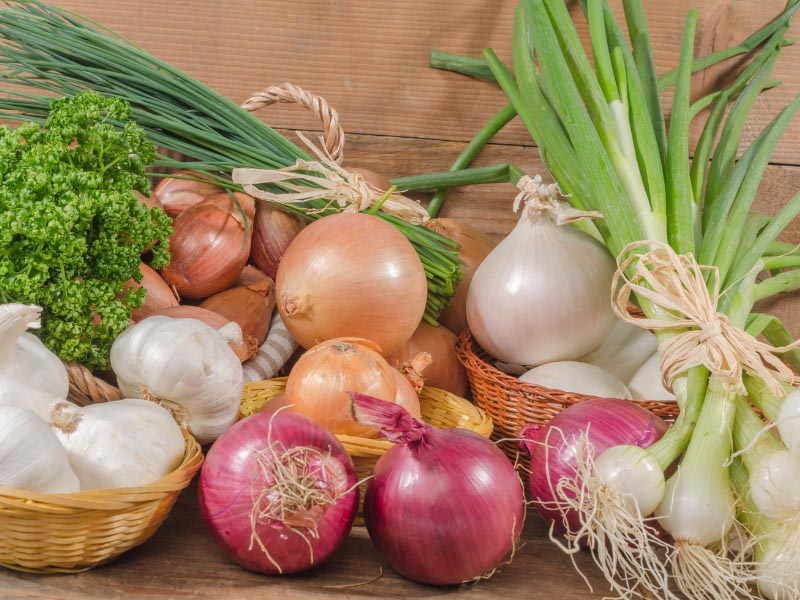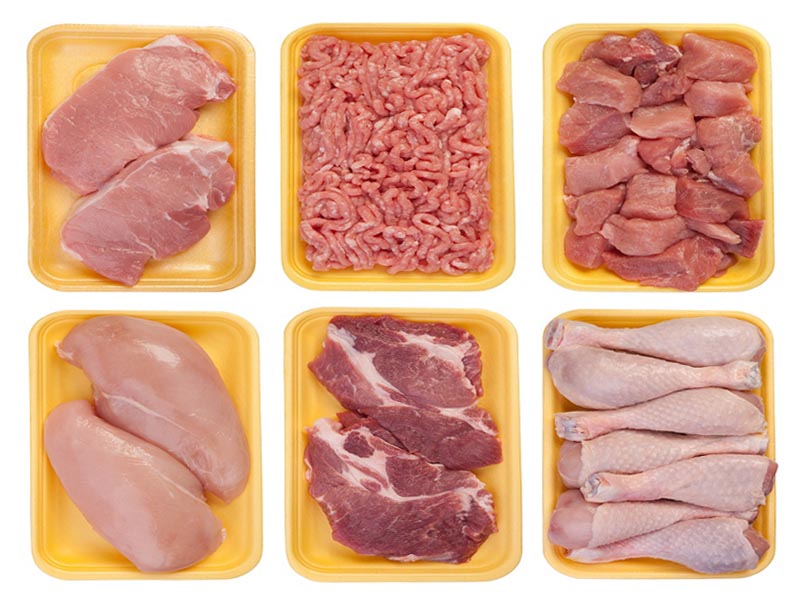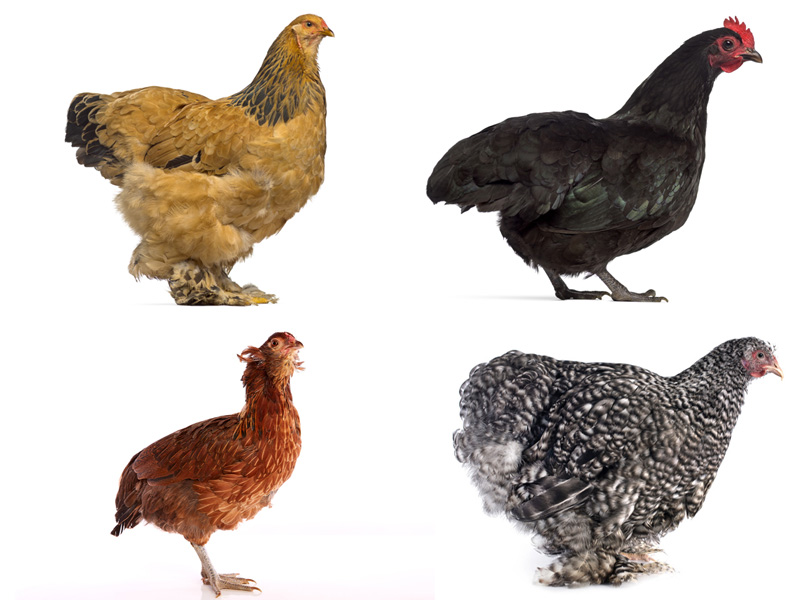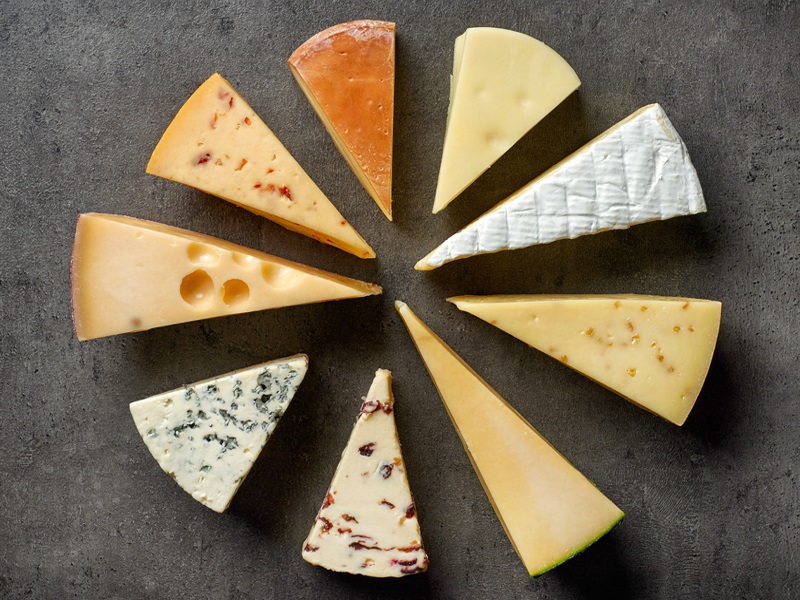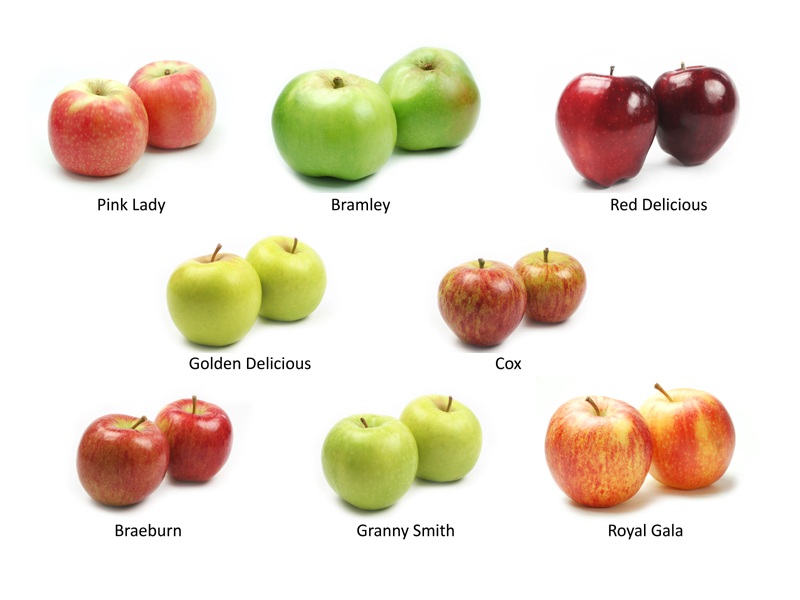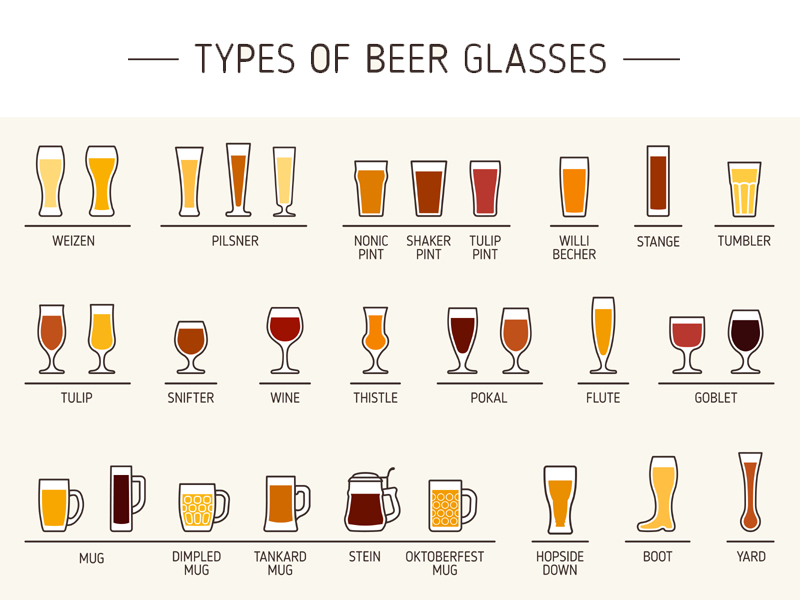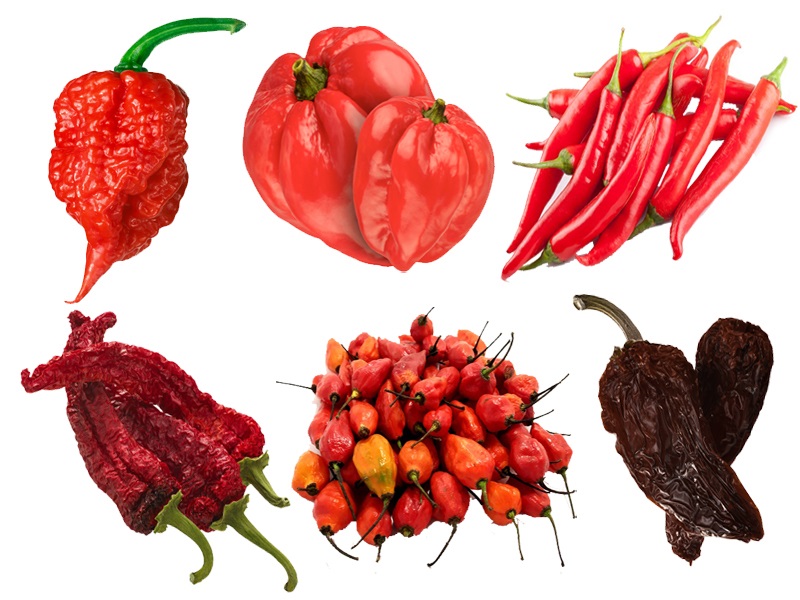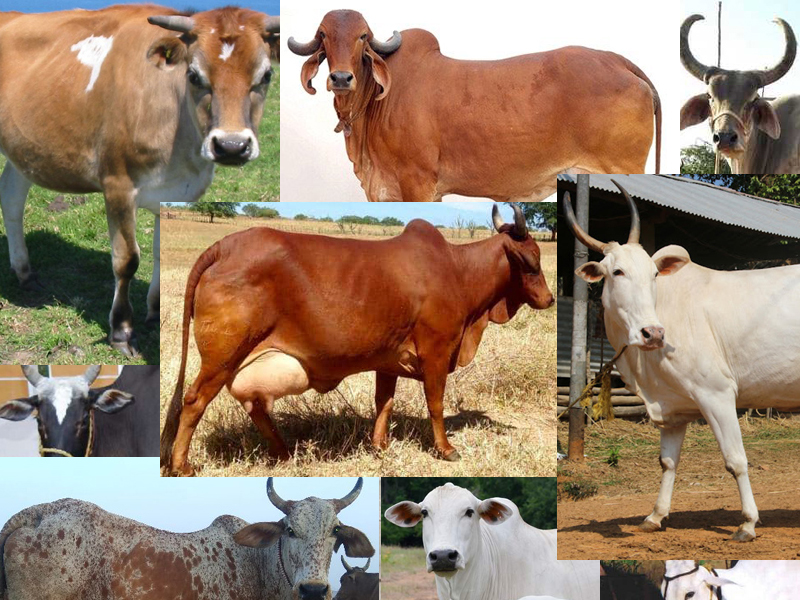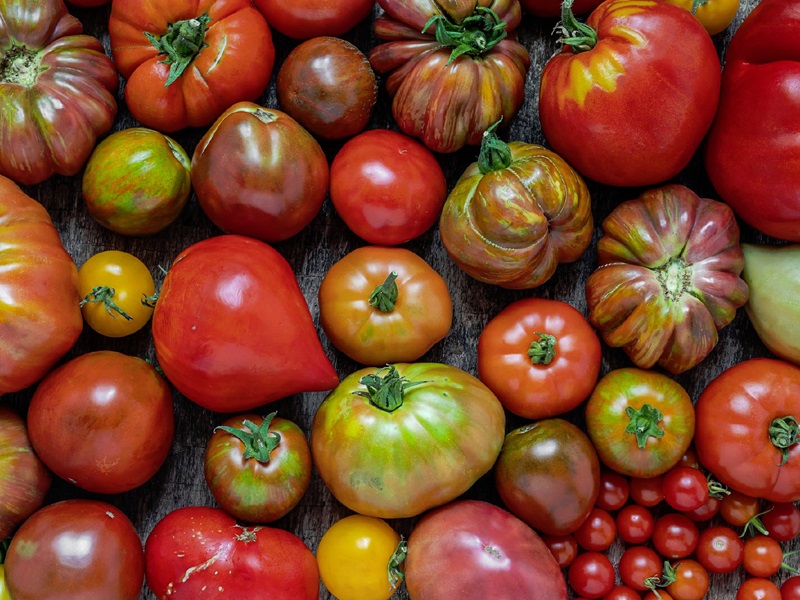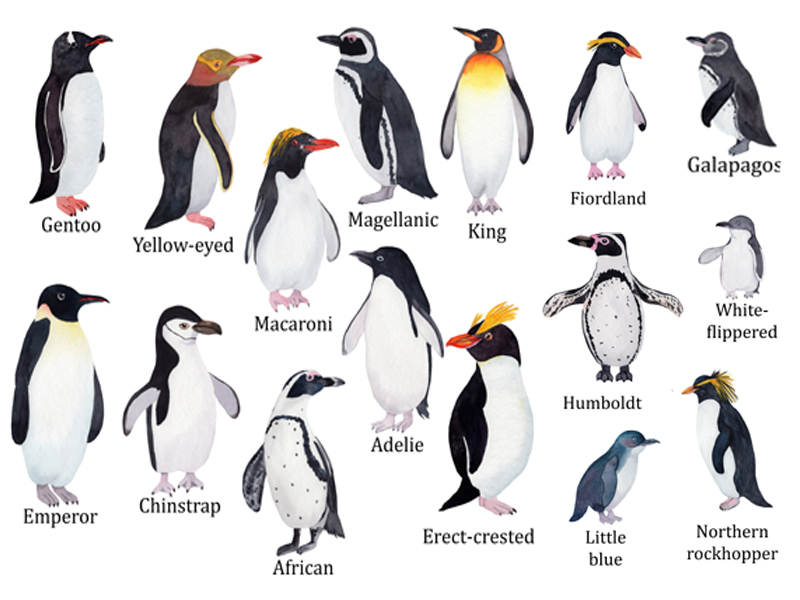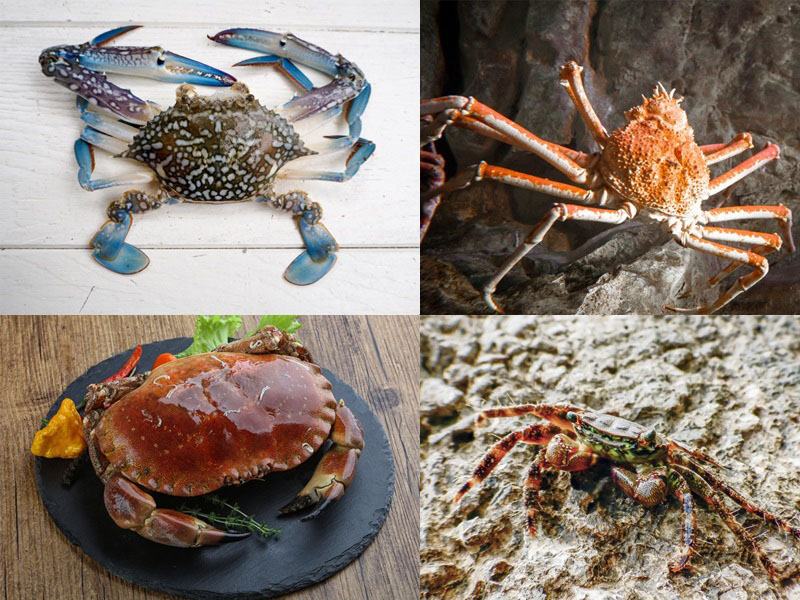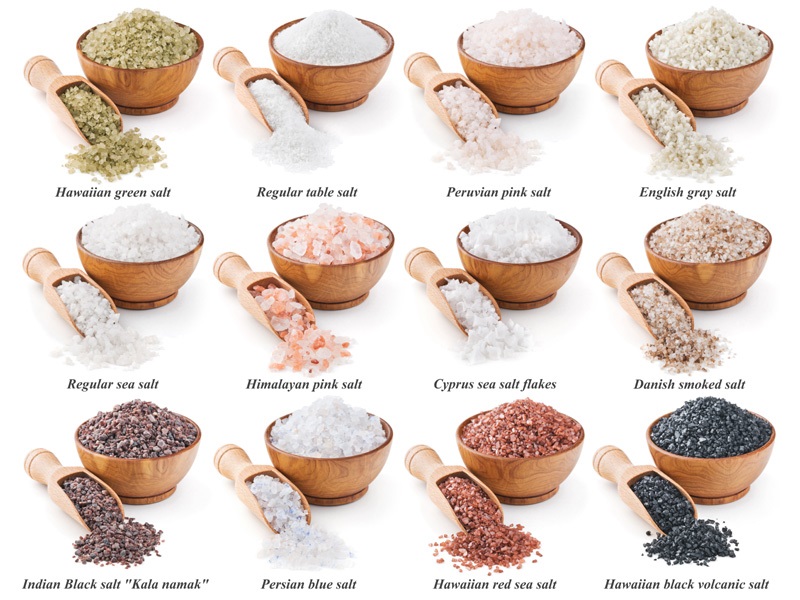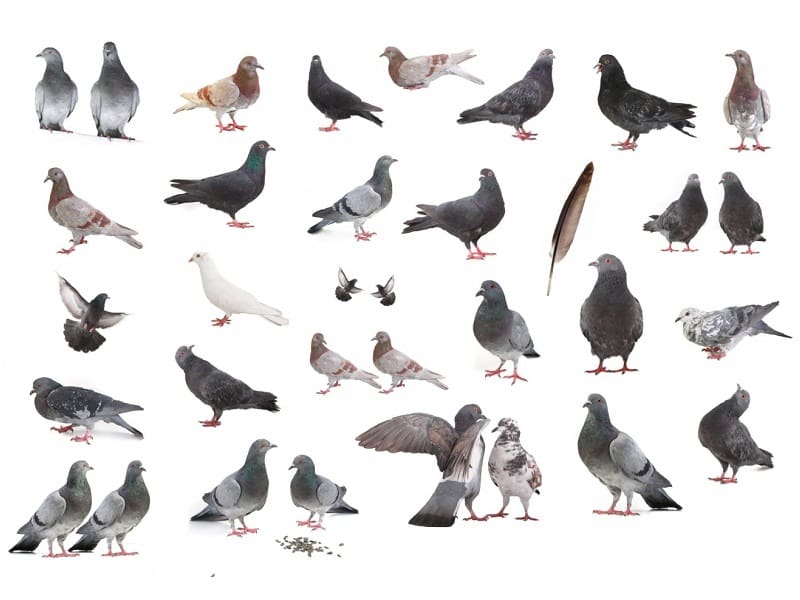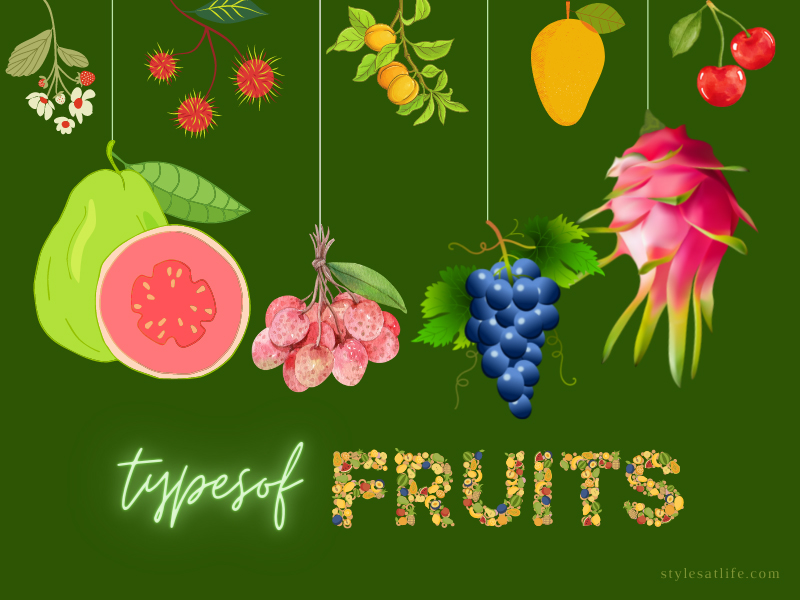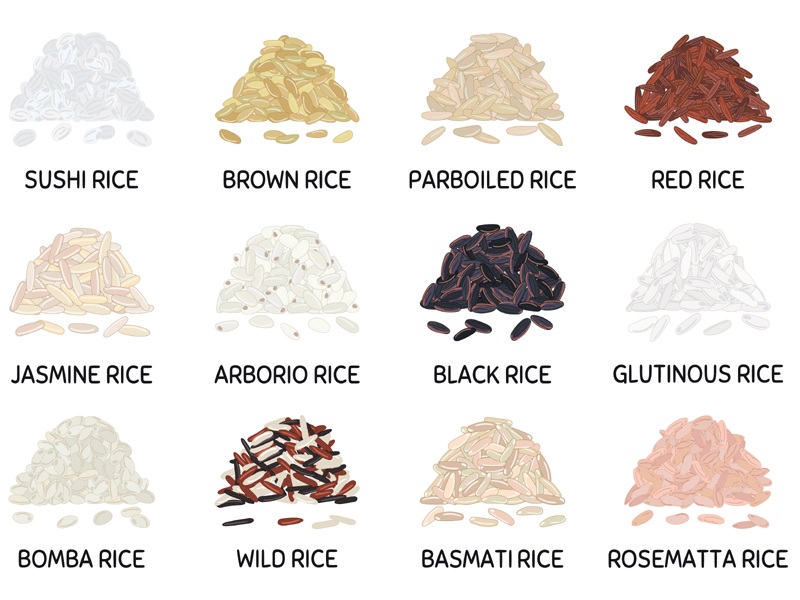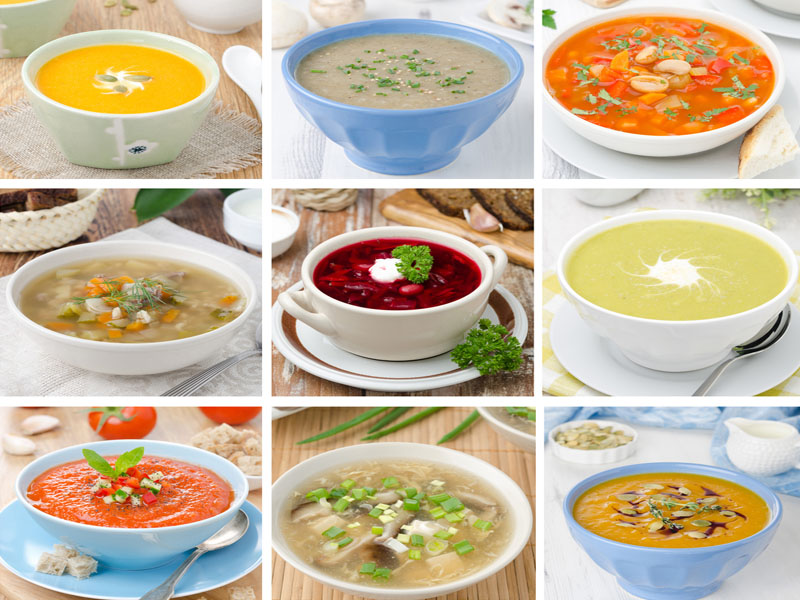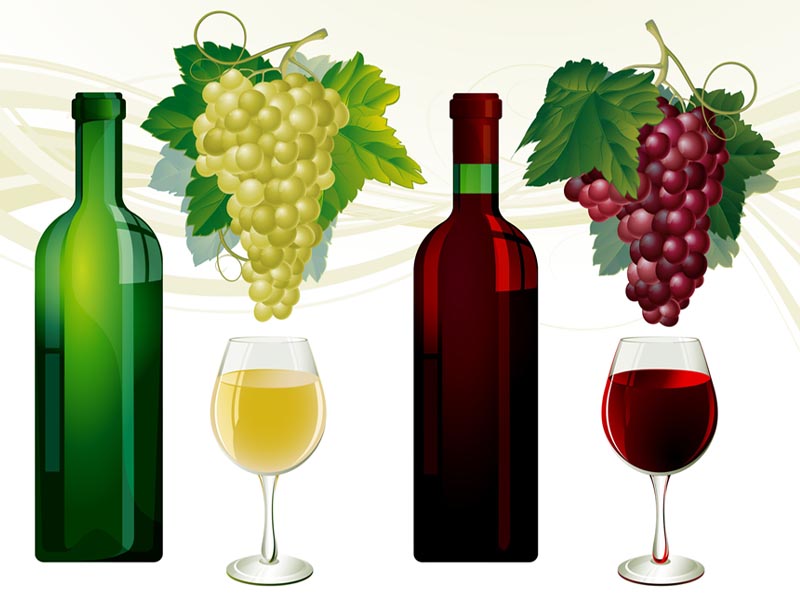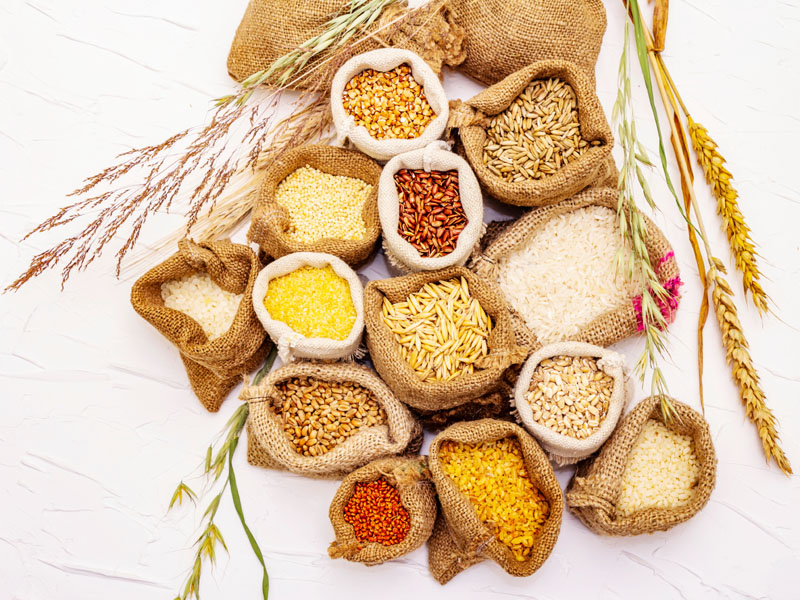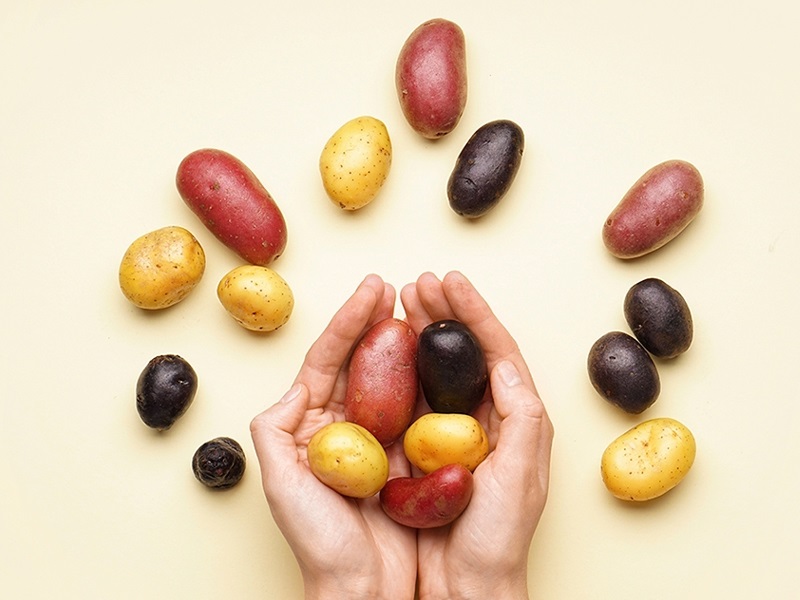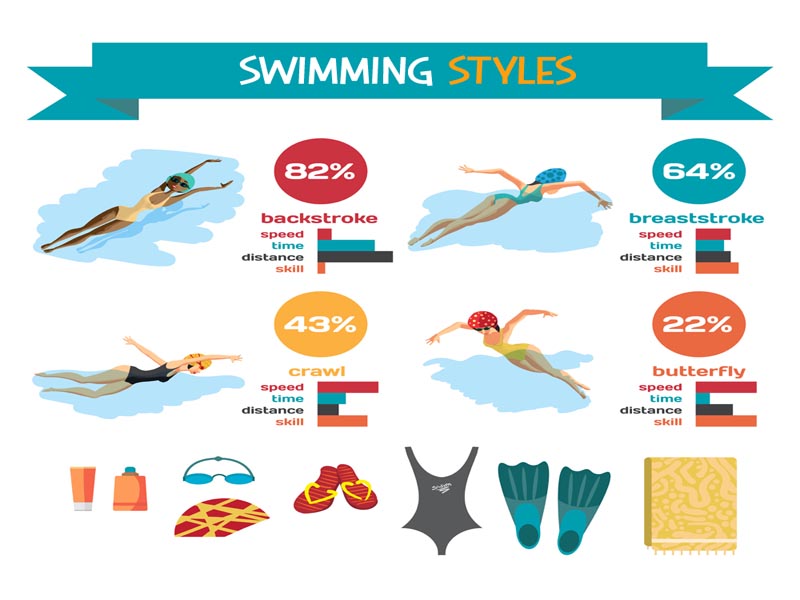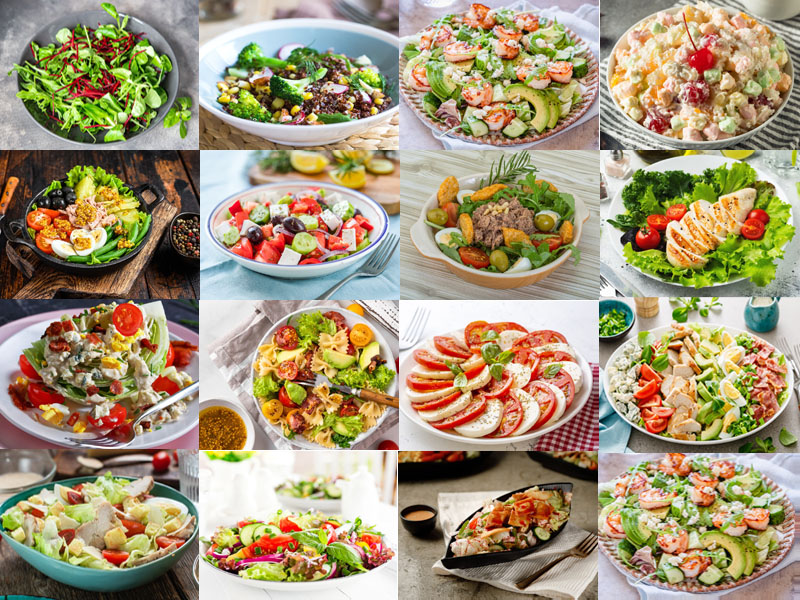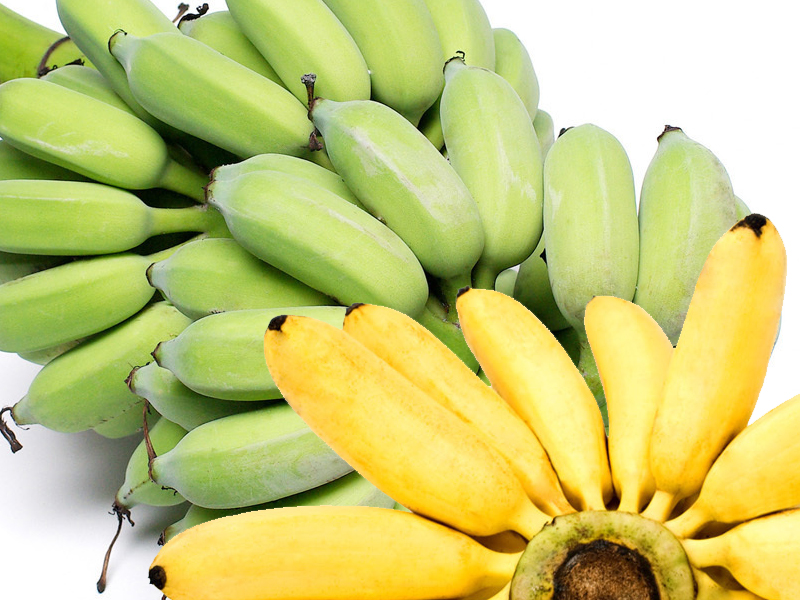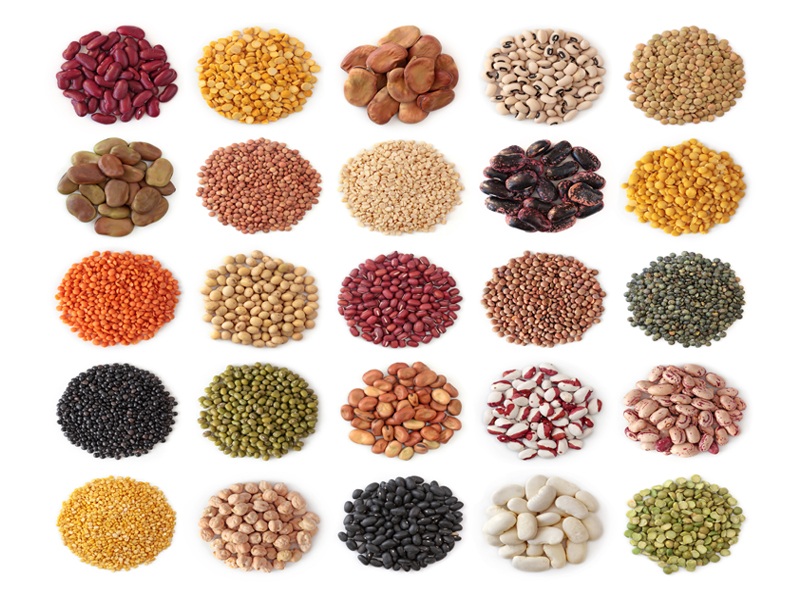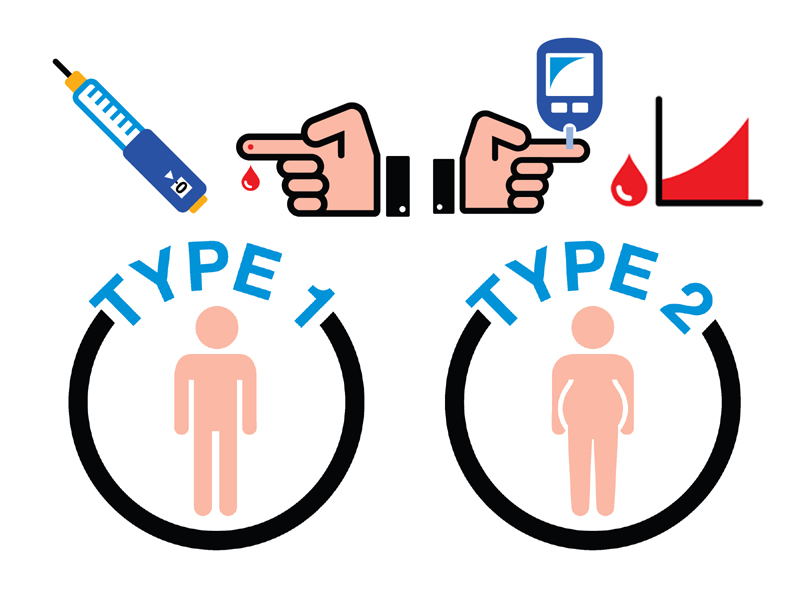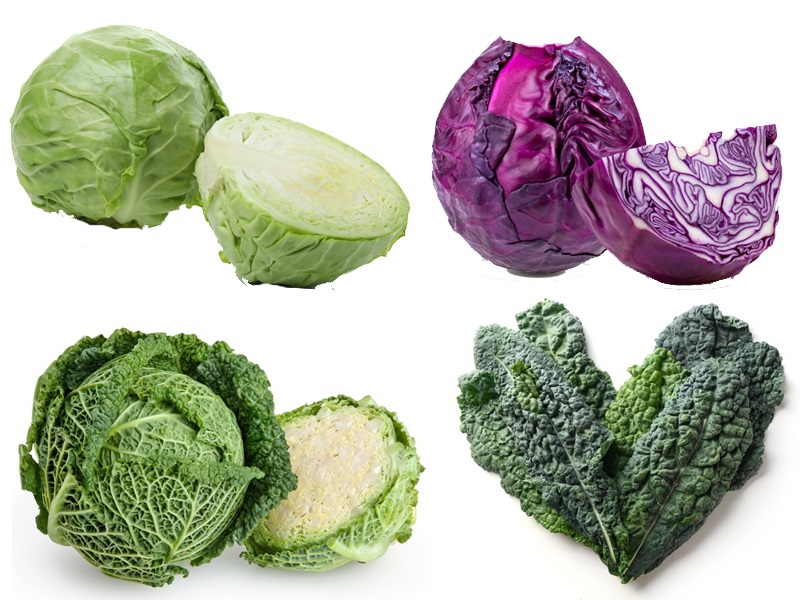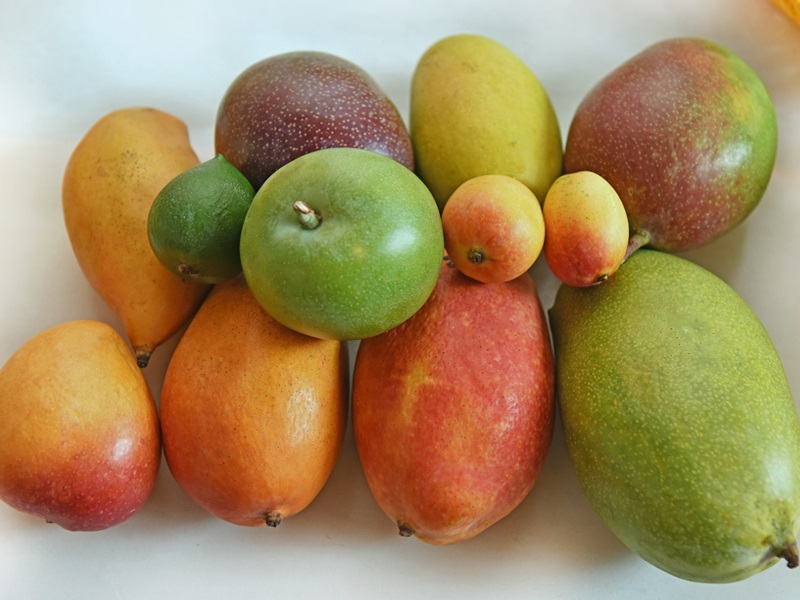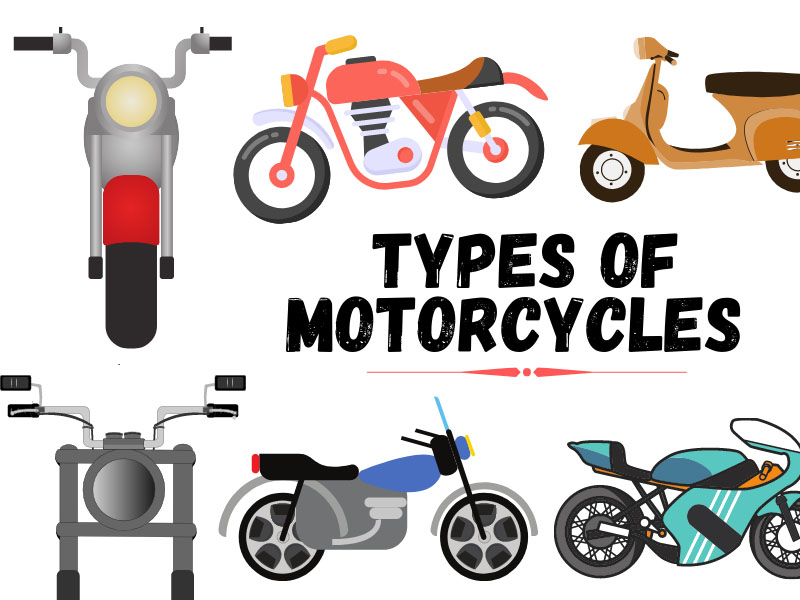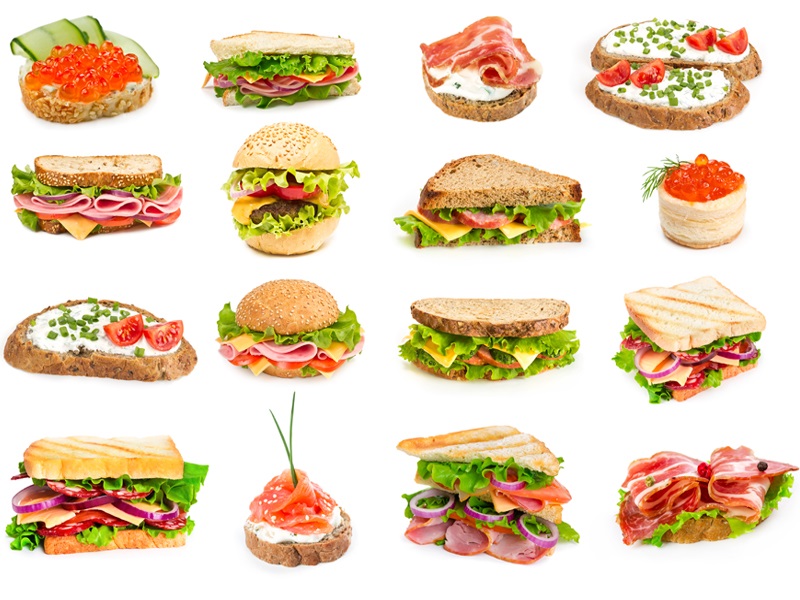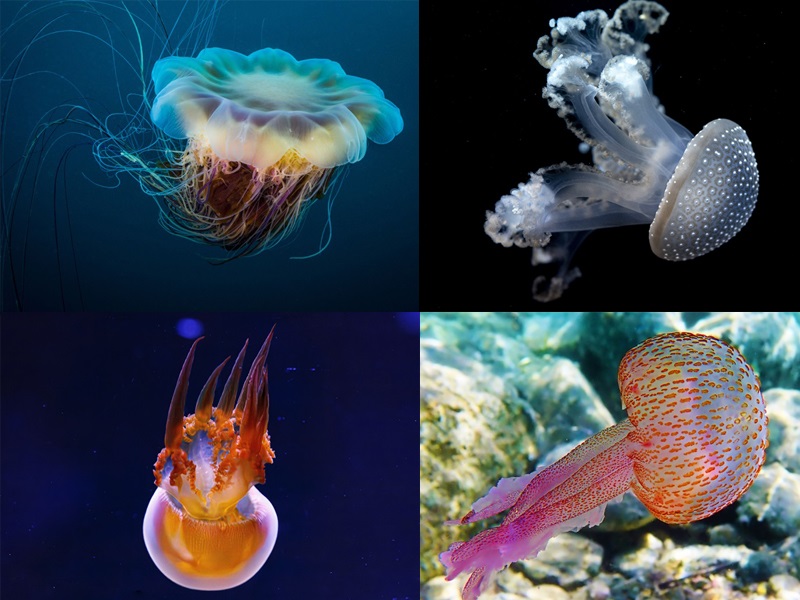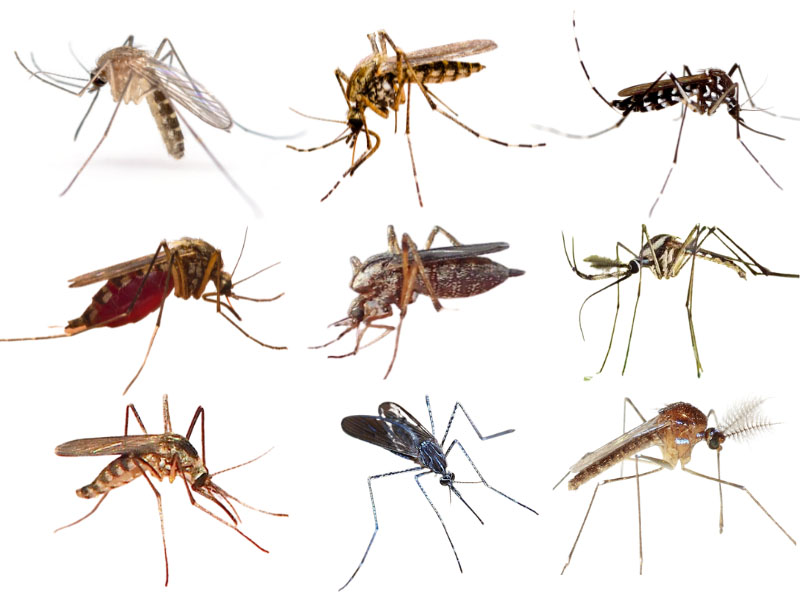If you are an egg-lover, here is a question for you, “How do you like your egg”? Boiled, fried, poached, omlette or scrambled? It’s a tough call to pick just one, isn’t it? Eggs are one of the most versatile, delicious, and easily the most nutritious foods available to us. It’s not just we who are saying this! Even the ancient Romans and Greeks valued them for their rich taste and protein-rich profile. If you have not tried beyond a standard white egg, it’s time for you to explore the different types of eggs available across the globe.
This article discusses the wide varieties of eggs and their characteristics to give you endless possibilities for cooking egg-based dishes.
What is an Egg, and Why do Eggs have Different Colors?
According to Britannica, “An egg is a content of the hard-shelled reproductive body produced by a bird, considered as food”.
In simple terms, edible eggs (suitable for humans) are those laid by female birds like chicken, quail, duck etc., primarily for multiplying their species. Eggs consist of a hard shell as the outer cover, albumen or white and yolk in the center. Although the entire egg is rich in proteins and vitamins, it is the yolk that scores high in nutritional value.
Now coming to the color of eggs, you might have noticed different colors like brown, white, green etc., in your local stores or supermarkets. Contrary to assumptions, colored eggs are no different from the standard white ones in nutritional value or edibleness. The color results from the genes of the bird species or the breed.
For instance, breeds like Plymouth rock hens lay brown eggs, while the regular leghorn chickens lay white eggs. Other breeds like Ameraucana lay blue eggs, and black copper Maran lay dark chocolate colored eggs.
Interestingly, all eggs start out white in the initial phases and get their pigment only as the egg passes through the bird’s uterine tube or the oviduct!!
Classification of Eggs as Per Purchasing and Labelling Standards:
Walk into a supermarket aisle, and you are likely to find different kinds of eggs with labels such as “free-range”, “organic”, etc. This section helps you understand the differences between them:
-
Conventional Eggs:
These are the common types of eggs you find in the supermarket or local stores. The eggs come from hens which are raised in dark and crowded coops. These birds are fed with grain-based foods and even treated with antibiotics and supplements to raise production. Although the living conditions of hens are harsh, the eggs are quite nutritious and delicious too.
-
Cage Free Eggs:
As the name suggests, these eggs come from birds that enjoy little space to roam around rather than in cramped cages. They also get nest boxes to rest and lay eggs. Though the eggs are not as nutritious as conventional eggs, the humane farming practices give them a better edge.
-
Free Range Eggs:
These are the eggs that come from hens having access to the outdoors. This doesn’t mean the hens are free to move around anywhere they desire. They only have access to a limited, fenced area and enjoy some sunlight.
-
Organic Eggs:
Farmers can label their eggs as “organic” only when the birds strictly eat organic fodder. Unlike commercial eggs, organic eggs are free from antibiotics, steroids etc., unless otherwise, the birds require special medication to treat a specific disease.
-
Vegetarian Fed Eggs:
Vegetarian eggs are those which from hens that are fed only a plant-based diet. These hens live indoors and have no access to worms, insects, or any meat by-products.
-
Omega-3 Eggs:
These are eggs fortified with Omega-3 fatty acids by feeding the hens with a special flax-based diet. The eggs offer 12 times more omega acids than conventional eggs and offer essential omega acids like ALA, EPA and DHA.
-
Pasteurized Eggs:
Pasteurized eggs are gently or lightly cooked eggs to reduce the risk of foodborne illnesses. These undergo the process of pasteurization at a certain temperature in shells.
-
Processed Eggs:
These are industrial egg products which are sold in many forms like pre-peeled eggs, peeled hard-boiled eggs, precooked friend eggs, premade omelets etc. They are not very healthy due to the use of preservatives and artificial cooking techniques.
See More: Different Types of Birds Names
12 Edible Types of Eggs That Differ in Nutrition and Taste:
Let us know some of the most popular egg varieties that come from different birds and even fish (yes, you read that right!):
1. Chicken Eggs:
Chicken eggs come from different breeds of hens and are the most widely consumed types of eggs in the world. They have a very mild taste and go well in almost any cuisine. These eggs come in a myriad color like white, brown, blue, green etc., without affecting the nutrient profile. A medium-sized chicken egg (raw) offers 63 calories and offers a host of nutrients like proteins, Vitamin A, Vitamin D etc. The eggs are categorized into XS, Small, Medium, Large and Jumbo based on the size and mass of the final output.
2. Quail Eggs:
Quail eggs may be tiny in size but score high in the taste department. These eggs are from small birds called quails and weigh just 9gms as compared to a 50 gms chicken egg. So, to make a decent egg-based dish, you will need a minimum of 5-6 quail eggs. These eggs are cream in color, with brown and black speckles all over the shell. Quail eggs are considered a delicacy in my cuisines, particularly in Asian cooking. Though each egg offers only 14 calories, it is packed richly with nutrients, including selenium, riboflavin, vitamin B12 etc.
3. Duck Eggs:
Duck eggs are renowned for their luxurious and creamy yolks. They are bigger in size compared to chicken eggs, with an average duck egg weighing 70gms. Fresh duck eggs have a slightly ‘fish’ smell to them as they mostly live in fish-occupied ponds. However, eggs from farm-raised ducks fed with poultry fodder do not have any unpleasant taste. Duck eggs have elevated nutrition levels compared to chicken eggs. An average duck egg offers 130 calories and is a rich source of nutrients like Vitamin B12, Vitamin A, Selenium etc. The fat and cholesterol content is also quite high in these eggs.
4. Goose Eggs:
Goose eggs are one of the largest kinds of eggs from the bird species. Although the flavour profile is similar to that of a duck egg, you can taste some ‘gaminess’ in goose eggs. The yolks are rich and creamy, making the eggs quite versatile for almost any type of cooking method. A standard goose egg weighs around 150gms, and size-wise, it is three times bigger than a chicken egg. Goose eggs have a thick white shell with bright-colored yolks. Each egg offers 226 calories along with high protein amounts and Vitamin B12 than other eggs. Goose eggs are relatively expensive, considering their low production and high maintainence.
5. Turkey Eggs:
Although turkey eggs are edible, they don’t have a lot of commercial demand. Turkey eggs are slightly bigger in size and weigh around 66-100gms, depending on the breed. The shells are thick, and many people opine that these varieties of eggs share a similar flavour profile with chicken eggs. Due to the low production rate, eggs are quite expensive. This is why many people prefer raising the birds for its meat than the eggs. An average turkey egg offers 135 calories and contains high amounts of protein and fats.
6. Rhea Eggs:
Rhea is a gigantic flightless bird that closely resembles an ostrich in physical aspects. The Rhea birds lay around 20 to 60 eggs per year, and the laying season ranges from May to August. An average Rhea egg measure about 5.1 inches X 3.5inch and weighs around 600gms. The shell can range from greenish-yellow to dull cream. Nutrition-wise, one rhea egg is equivalent to 10 chicken eggs. The texture of the yolk is quite light and airy, but the flavour is quite strong and potent.
See More: Types Of Meat With Pictures
7. Emu Eggs:
Emu eggs are one of the most beautiful types of bird eggs, which resemble a midnight sky with shiny stars in the background. The fairly large eggs have a characteristic dark bluish-green color with a granulated surface. In case the egg doesn’t hatch and gets exposed to sun rays, the shell slowly turns into cream or pale white. Emu eggs measure about 5.1 inches X 3.5 inches and weigh between 450 to 650 gms. A single emu egg offers 360 calories along with a host of nutrients like omega acids, proteins, vitamins and minerals.
8. Ostrich Eggs:
The biggest bird on earth is the obvious winner of producing the biggest edible eggs. An average ostrich egg measures about 180mm in length and 140 mm in width. It weighs from 1.2kgs to up to 2kgs. Each ostrich egg roughly equals 24 chicken eggs in size. Hard boiling an ostrich egg may take up to 1.5 to 2 hrs due to its 2mm thick shell. The flavour profile is quite similar to that of a chicken egg except for the gamey taste. A single ostrich egg offers a whopping 2000 calories with 235 gms of protein and 100gms of fat.
9. Gull Eggs:
Gull eggs are considered as a delicacy in many parts of the UK due to their rarity and deliciousness. These eggs have a cream-coloured shell with brown spots all over it. The birds lay their nests all along with UK coastline from where the eggs are sourced. Depending on the breed of the seagull, the egg size can range between 6.5cm X 4.5 cm. Gull eggs are packed with nutrition and quite versatile for different forms of cooking like hard-boiled, scrambled etc. A single gull egg can offer about 139 calories.
10. Guinea Fowl Eggs:
Guinea fowl eggs are slightly smaller than chicken eggs and have very hard shells. The color of these eggs is dark cream to light brown with speckles on the shells. Due to the high yolk to white ratio, guinea fowl eggs are richer and creamier than chicken eggs. An average egg weighs just 1.4 ounces which makes for 2 guineas fowl eggs to match with one chicken egg in a portion. By eating one egg, you can get up to 100 calories along with essential minerals like zinc, magnesium, phosphorous etc.
11. Pheasant Eggs:
Pheasant eggs are from the many breeds of pheasant birds which are native to Asia. The eggs are half the size of chicken eggs with brown to pale olive-green colored shells. Taste-wise, they don’t differ much from chicken eggs except for more richness and creaminess. These eggs go well with different forms of cooking like hard-boiled, fried eggs, scotch eggs etc. A single pheasant egg can offer around 135 calories along with nutrients like selenium, vitamin A, zinc, Vitamin B12 etc.
12. Caviar:
Now here are the most interesting types of edible eggs you really want to know about! The Caviar! Unlike the other eggs which come from birds, caviar is the egg of the sturgeon fish family. The colors and textures of caviar can vary with the variety of fish. Typically, caviar is used as a garnish on salads and bread. It has a nutty, briny taste with a mild to strong taste in your mouth when you pop it. Coming to nutrition, 100gms caviar offers 264 calories along with a wide variety of nutrients like Cobalamin, Magnesium etc.
See More: Types of Fish Species
Interesting Facts About Eggs:
Here are some ‘egg’cellent facts about eggs which are sure to surprise you:
- The Araucana Chicken is known for laying easter colored eggs in natural shades of pink, brown, green, blue etc.
- Fresh eggs sink in water while rotten float due to large air cells forming inside the shell.
- Quail eggs are the best alternative for people with egg allergies as they are free from allergens.
- Fermented duck eggs, which are black in color as considered a delicacy in many countries and are consumed as “100-year-old eggs” or “century-old eggs”.
- China is the largest producer of eggs, with a 34% share in the egg market.
- Recent findings show that Britishers eat an approx..200 per person per year.
Those are some of the most popular types of edible eggs found across the globe. With so many ways to cook and serve an egg, you can rarely go out of options for breakfast, lunch or dinner. So, the question to you again – “How to do you like your egg?”! We love a fried egg with some salt and pepper seasoning on top. Oh, so delicious! Isn’t?
Frequently Asked Questions & Answers:
1. Which chicken breed produces the smallest egg in the world?
The Bantam chickens are the smallest chicken breeds in the world and produce eggs that are half the size of standard chicken eggs. Bantam eggs weigh around 1 to 2 ounces and have creamy yolks. The colors also vary with the breeds and range from blue, pink, green and terracotta.
2. What are the consumer grades for eggs?
Depending on the quality and appearance of eggs, they are categorized into three grades – AA, A and B. AA grade eggs have white shells with firm whites, thick yolks and defect-free looks. They are good for frying and poaching. A-grade eggs also have firm whites, and B-grade eggs may have stains on the shells with thin whites and flatter yolks.
3. Does the shell color of eggs determine its nutrition profile?
No! A brown egg have almost the same nutrition profile as that of a white egg. Rather than the color of the shell, it is the diet that a hen is fed which makes the egg more nutritious. In free-roaming hens, the quality of eggs may change with seasons as the hens may pick different types of insects or grubs to eat.
4. How long does an egg stay fresh?
The typical shelf life of an egg is about 28-42 days from the date of packaging. For longer freshness, you can store eggs in the original egg carton and put them in the refrigerator. By doing so, you can also minimize the risk of Salmonella poisoning.
5. Why do my egg yolks turn green when they are boiled?
Green egg yolks suggest that you overcook them. In the process of hard boiling the eggs, some people leave it for too long, causing the sulfur from the white and iron from the yolk to react. The result is a greenish ring on top of the yolk. However, the egg is quite safe for consumption!
DISCLAIMER:
The information published in this article is purely for informational and educational purposes only and does not constitute legal or other professional advice on the subject.


